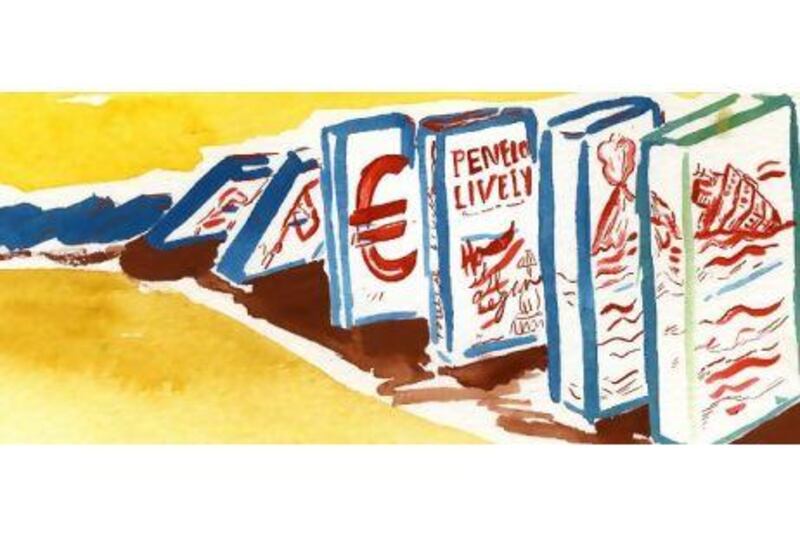A violent eruption in a cluster of islands off the coast of Yemen causes a cartographic shift in the geography of the region, while seismic shifts in the politics of that same area of the globe continue to bend, stretch and reshape a once familiar landscape. A luxury cruise ship capsizes in the Mediterranean while the continent it once skirted sinks further into its own financial mire, the prospects of its disintegrating economic union being ceaselessly recalculated by the world's credit agencies.
On such events, one in the Zubair archipelago, another on a sandbar near the island of Giglio, today's commentators, tomorrow's historians will seek and find emblems of a year or even an era. It helps that in both cases there is a trail to follow and unrelated tumultuous events playing out offstage.
In this context, the story of the newest addition to the world map seems easier to unpack.
In the final days of last year, while commentators were gathering their thoughts over how best to capture the continuing narrative of the Arab Spring (how unsatisfactory that term now seems for a chain of events that has stretched over season after season and refuses to be easily defined), scientists and geologists began - by combination of eyewitness reports of ash clouds and by satellite photography - to recognise that a new land had emerged off the west coast of Yemen. This as yet unnamed rocky outcrop, barely 500 metres wide and 700 metres long, was formed when a previously submerged volcano began spewing lava. Nestled between Rugged and Haycock islands, this evolutionary land mass smokes ash and lava as the effects of revolution in the region continue to smoulder onshore.
And what of the Costa Concordia, which, at the time of writing, had claimed the lives of 11 of those on board and from which 23 people are still unaccounted for? Concordia was more megastructure than cruise ship, a vessel that appeared almost impossible to stop on its journey towards its twin destinations of enormous revenue generation for its owners and a not-too-distant Mediterranean port.
Nothing within its make-up - from its modern construction to the highest international standard, to its crew's familiarity with the seas on which it would later founder - should have set it on a course for the disaster that arrived so suddenly last weekend.
In their search for causes, crash investigators have focused their enquiries on the possibility of human error, echoing another shipping disaster whose 100th anniversary is marked in April this year - the subject of the Titanic and the lives of those who were aboard in 1912, will return to these pages in a few weeks' time - and adding further to the sense of a continent sinking under the weight of crisis.
On the day the Concordia capsized, three of the key member states of the European Union - France, Italy and Spain - had their credit ratings downgraded. Chronic system failure and the deficiencies of that system's programmers appear most culpable here, too.
If these seem like disparate links to chain together, then I'd encourage you to spend a few hours in the company of Penelope Lively's latest novel, How It All Began, which is the subject of a short fiction review in this week's issue (see page 17).
Lively's novel gathers the stories of several divergent adults - from a disaffected housewife to an ageing academic, from a struggling interior designer to a high-flying city financier - before bringing her characters nicely to the boil.
To enter Lively's world is to willfully succumb to the notion that "this happens and triggers that, which leads to something unexpected" and to rigorously re-examine where lives were made or broken, where wrong turns were taken instead of right ones, and to find order in the chaos of such disconnected events as, say, cruise ships and currency crises, and revolutions and rocky outcrops.






